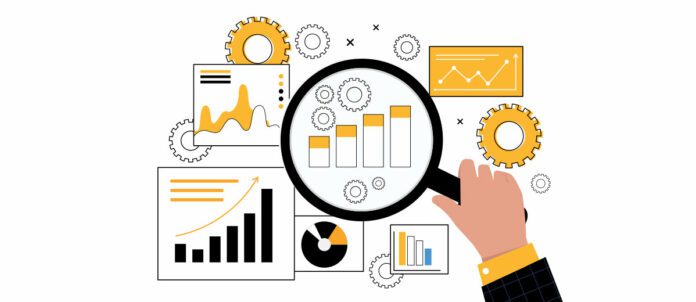By Eric Allister
Last month, in our technology segment, we covered the importance of having a good inventory-management solution to keep track of orders, reduce food waste and prime costs and increase productivity. This month, we’re looking at data management — an equally important technology in the modern restaurant landscape that you can’t afford to ignore.
Good Data Management
Today’s restaurant data-management solutions comprise multiple segments, one of which includes inventory management. However, they also include platforms used for marketing, talent acquisition and onboarding, employee scheduling, real-time performance tracking, and point of sale (POS).
With AI at the forefront of everything we do, data is our most valuable resource in both quantity and quality. Using quality data, restaurateurs can effectively gather customer insights, increase operational efficiency, further optimize their menus and so much more, which we’ll cover in this article.
Aggregating Data
As restaurant operations grow, they tend to accumulate multiple solutions from more than one vendor for each data segment, which creates a fragmentation of data and further complicates daily operations. That’s why some of the most innovative restaurant data-management solutions today, such as Tenzo and Toast, are focused on creating a simple platform that aggregates all data in one place. Tenzo pulls data from all segments of your operation into a centralized platform, allowing you to access all relevant data in one place, and eliminating the manual work of collecting and reconciling data from multiple sources — a process often fraught with user errors.
Infinitely Scalable
Perhaps what’s most exciting about modern data-management platforms is that they are now within reach of small operations as well. Traditionally, restaurateurs viewed data analytics as a complicated science reserved for large franchises, but thanks to the proliferation of cloud and AI technologies, you no longer need a dedicated team of data analysts to pull meaningful insights from the data you collect. The software does most of the heavy lifting for you by examining the data and creating meaningful automations, such as helping with employee schedule optimization.
Even as labour shortages start to improve, small operators are finding automation technologies to be a critical aid when they’re understaffed. According to Block Inc.’s 2024 Future of Restaurants report, 100 per cent of surveyed respondents said they use automation technology to help them fill in the gaps in areas including organizing employee schedules, accepting orders, processing payments, managing inventory and even some parts of food preparation. Furthermore, 37 per cent of surveyed restaurant owners said they are planning to leverage automation software to overcome staffing shortages in the next twelve months.
What’s on the Menu?
Block Inc.’s 2024 report also found that 39 per cent of restaurateurs are tackling competition by planning to use data insights to better understand what their customers want. Accurate analysis of guest preferences is a key factor for determining many offerings.
Dallah El Chami, owner of B.C. Middle Eastern QSR, Superbaba, drove this argument home in a recent interview with the popular financial services platform, Square. “There are a minority of people that love pickled turnip and a majority that really hate it, and so they would remove it from the wrap,” says Chami. “It got to the point where I said, ‘These are very expensive to make; they require a ton of labour, and through analytics Square is telling us that tons of people are asking to take it out.”
In addition to providing insights on guest preferences, data analytics provided by modern data management solutions can also help restaurant owners determine guests’ spending habits and overall consumer behaviour in order to make more informed marketing decisions, which has been another major priority for restaurant owners in 2024.
Restaurants of Tomorrow
The restaurant industry in 2024 is one that’s heavily shaped by emerging technologies as evidenced by the proliferation of data management solutions that aggregate data from across numerous platforms to help operators, big and small, make informed decisions and offload some of the menial tasks to automations. Operators that embrace this trend early will be among the successful restaurants of the future, delivering a new level of personalized dining experiences.


















